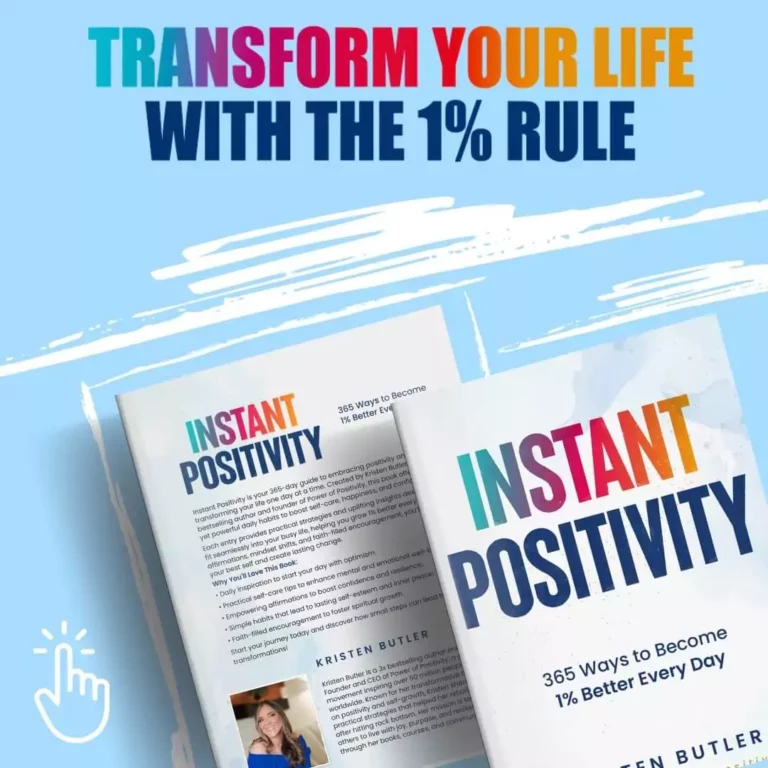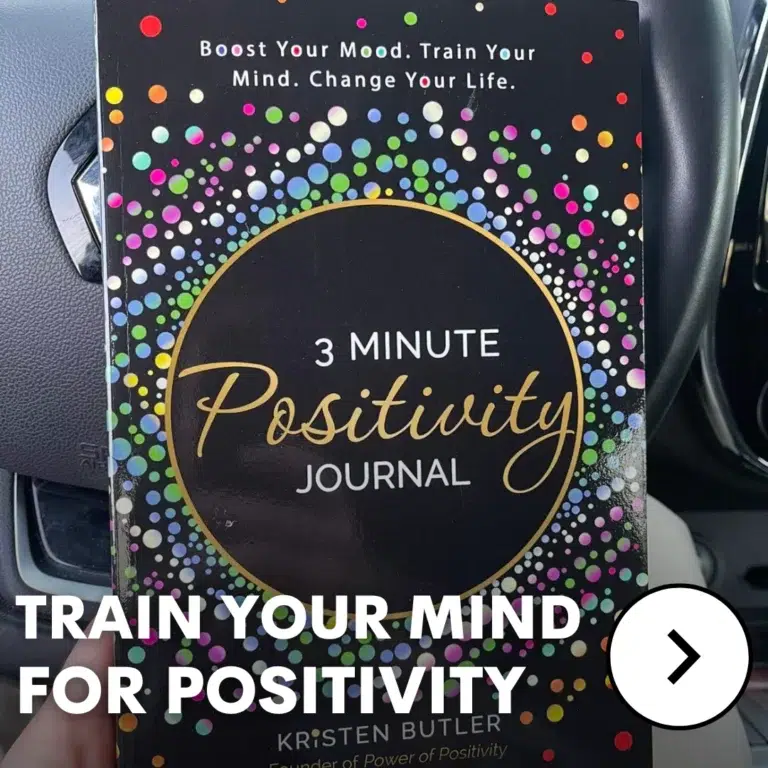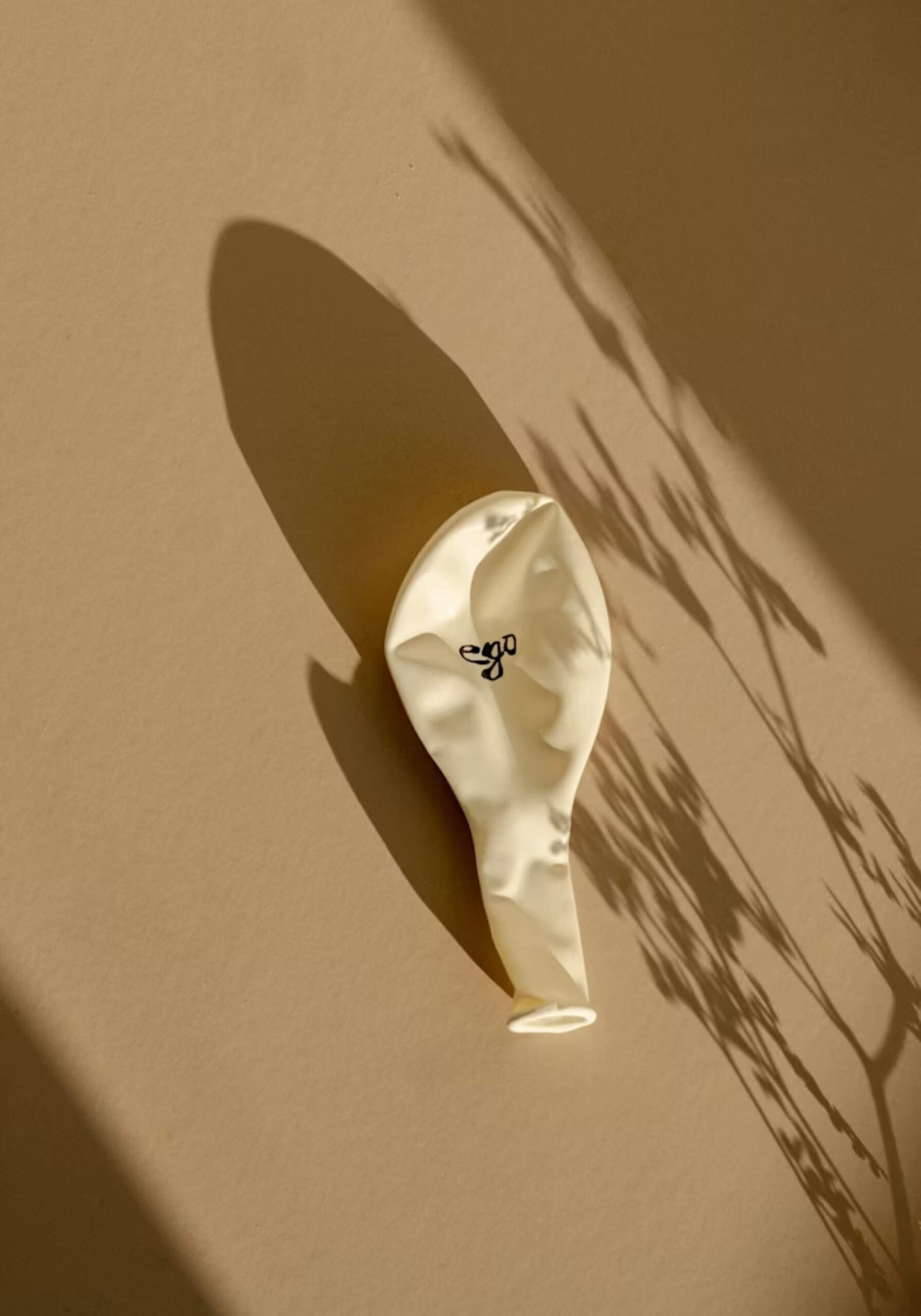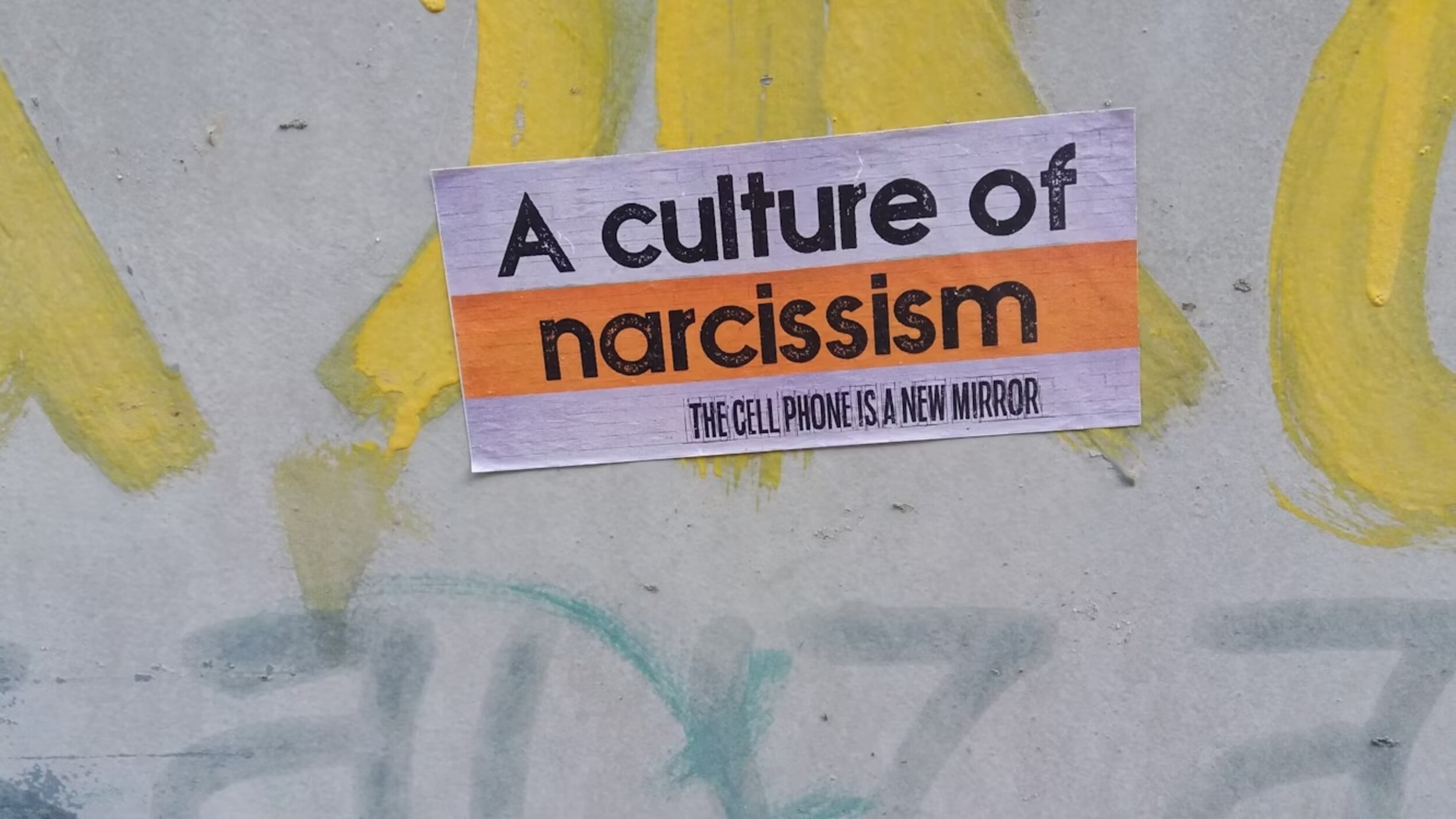What Does It Mean to Spend Sacredly?
Most people are taught how to save, but not how to spend in a way that feels good. Sacred Spending flips that script. It’s about using money in ways that match your values—not just your habits.
This doesn’t mean you have to follow strict rules or avoid fun. It means thinking before spending, asking yourself, “Does this support my peace, my purpose, or someone I care about?”
Every dollar becomes a quiet reflection of what matters most to you. Whether it’s treating yourself to a skill you’ve always wanted to learn or helping a friend through a tough time—your money carries meaning.
Instead of spending on autopilot, sacred spending helps you slow down and choose with intention. And those choices can completely change how you feel about money.
Why the Way You Spend Money Shapes Your Life
How you spend money quietly shapes the life you’re building—whether you notice it or not. Every purchase, big or small, is a sign of what you care about, even if it’s done on autopilot.
Sacred Spending isn’t about spending less or spending more—it’s about spending with purpose. If your daily swipe goes to things that drain you or don’t matter, over time, that adds up to a life that feels off. But if your money goes toward what lifts you up or supports your growth, that creates a life that feels more like you.
This section also calls out the sneaky stuff—like unused subscriptions, guilt purchases, or grabbing things on sale just because they’re cheap. It’s a gentle reminder that your spending isn’t random—it’s a reflection of what you believe you deserve.
Set the Foundation Before You Spend
Before you even pull out your card, the way you think about money is already making decisions for you. Sacred Spending starts with what’s happening behind the scenes—your beliefs, your emotions, and your habits.
Ask yourself this: What are my money patterns right now? Are you avoiding your bank app? Are you spending when you’re stressed? Naming these things gives you a starting point.
Then, take a moment to name your values. Do you care about creativity? Family? Freedom? When you know what matters to you, it’s easier to spot what’s worth spending on—and what’s not.
Finally, check in with how you feel before you buy. Guilt, fear, or shame shouldn’t be the reason you spend or don’t spend. Your emotions leave clues. When you catch them early, you can pause, get clear, and make a choice that feels good after—not just in the moment.
7 Intentional Ways to Practice Sacred Spending
Bringing intention to your money doesn’t have to be complicated. These simple habits can help you make choices that feel better—not just in the moment, but long after. Sacred Spending starts to feel natural when your money choices match who you are and what you care about.
Spend on What Sparks Real Joy (Not Just Instant Gratification)
Buying something just because it’s on sale might give you a quick high—but real joy sticks around. Sacred Spending means choosing things that feel meaningful, not just exciting for five minutes.
Let’s say you buy a guitar because music fills your soul—that’s joy. Grabbing a third pair of sneakers you don’t need because they’re 40% off? That’s just reacting. Ask yourself: Will I still feel good about this tomorrow?
Name Your Values, Then Budget Around Them
Money always goes somewhere—so why not send it toward the things that truly matter to you? When you know your values, budgeting starts to feel less like a chore and more like self-respect.
For example, someone who values learning might spend on books or courses. Someone who loves connection might save up for a family trip. Sacred Spending works best when it reflects your actual life—not someone else’s version of it.
Add Purpose to “Fun Money” Categories
Budgeting doesn’t have to be boring. Giving your fun money a name—like “Joy Fund,” “Spontaneous Giving,” or “Creative Play”—makes it easier to spend without guilt.
This little tweak brings clarity. Instead of asking, “Can I afford this?” you’re asking, “Does this match what I set this money aside for?” When your spending has purpose, it feels better all around.
Turn Impulse Buys into Curious Checkpoints
Not every quick purchase is bad. But if something you bought feels off later, pause and check in. Ask yourself: What was I really trying to fix or feel in that moment?
Maybe you were tired, bored, or just needed comfort. Use that moment as information, not shame. Sacred Spending doesn’t ask you to be perfect—it just asks you to pay attention.
Plan for Pleasure the Same Way You Plan for Bills
Joy deserves a spot in your budget—right next to rent and groceries. If you wait to spend on fun only after “everything else” is covered, it rarely happens.
Add a line for books, hobbies, shows, or anything that lifts your mood. Planning ahead makes it easier to say yes to things that fill you up. Sacred Spending isn’t selfish—it’s part of staying emotionally and mentally well.
Spend in Ways That Support Others, Too
Money has power, and part of using it well is being mindful of who it supports. Buying from local shops, artists, or businesses doing good work adds meaning to the transaction.
Even small choices—like tipping well or donating to a cause—can help build the kind of world you want to live in. Supporting others can be a quiet, powerful part of your Sacred Spending practice.
Let Go of Shame Around What You Love to Buy
There’s no need to explain or defend what lights you up. If you love scented candles, cozy socks, or anime figures—own it.
The key is knowing why it matters to you. When your money goes to things that reflect your true interests, it builds joy instead of regret. Sacred Spending means giving yourself permission to enjoy what feels right for you.
Use Purchases as a Form of Self-Reflection
It’s easy to swipe a card and move on without thinking twice. But slowing down after a purchase—even just for a minute—can teach you a lot. Sacred Spending invites you to check in with yourself after money leaves your hands.
You don’t need a long journal session. A few simple questions can go a long way:
- Did this still feel good the next day?
- Was I excited—or a little embarrassed—after buying it?
- Did it bring energy, peace, or regret?
- Was I avoiding something when I bought it?
Your answers aren’t “good” or “bad”—they’re just helpful. Over time, this kind of reflection makes it easier to spend in ways that match who you are and how you want to live.
Experiences Often Carry More Weight Than Things
Buying something new can feel great—but the feeling often fades. Experiences, on the other hand, tend to leave a longer-lasting mark. Sacred Spending means putting your money toward memories, not just materials.
Some examples of experiences that bring deep joy:
- Weekend trips with people you love
- Trying something new, like a pottery or cooking class
- Going to live shows, local festivals, or cultural events
- Planning small traditions, like a monthly movie night or picnic
These moments can give more meaning to your money than the latest gadget ever could. And when your spending creates connection or personal growth, it sticks with you in a good way.
Make Space for Intentional Giving (Even If It’s Small)
Giving doesn’t have to be grand to matter. A small act, when done with heart, is still powerful. Sacred Spending includes generosity—not because you’re supposed to, but because it reflects your values.
Ways to practice giving with intention:
- Send $5–$10 monthly to a cause you trust
- Buy someone’s coffee without needing a thank-you
- Support local fundraisers, creators, or small business owners
- Give your time or skills where they’re needed
The size of the gift isn’t the point. What matters is the intention behind it. When your money supports others, it creates meaning that goes far beyond the purchase itself.
Let Your Budget Reflect Who You’re Becoming
Budgets aren’t just about numbers—they quietly tell the story of what matters to you. And as you grow, your budget should grow with you. Sacred Spending means letting your money reflect not just who you are now, but who you’re becoming.
If you’re starting to paint again, learning to rest more, or changing what you value—let your budget show that shift.
Here’s what that might look like:
- Adding a category for “Creative Tools” if you’re exploring your artistic side
- Setting money aside for therapy or wellness if you’re focused on healing
- Dropping costs that no longer feel aligned, even if they made sense before
Your budget isn’t set in stone. It’s a living, breathing plan that can change as you do.
Final Thoughts on Honoring the Sacred in How You Spend
Spending with care isn’t about getting it right every time—it’s about staying awake to your choices. Sacred Spending is simply paying attention to where your money goes, and whether it supports the life you truly want.
Perfection isn’t the goal. Presence is.
When your spending matches your values, something shifts. You stop feeling out of control and start feeling more rooted—more connected to your goals, your joy, and your peace.
And here’s the truth:
“The more intention you bring to your spending, the more abundance you start to feel—no matter the number in your account.”
It’s not about the amount. It’s about the meaning.















